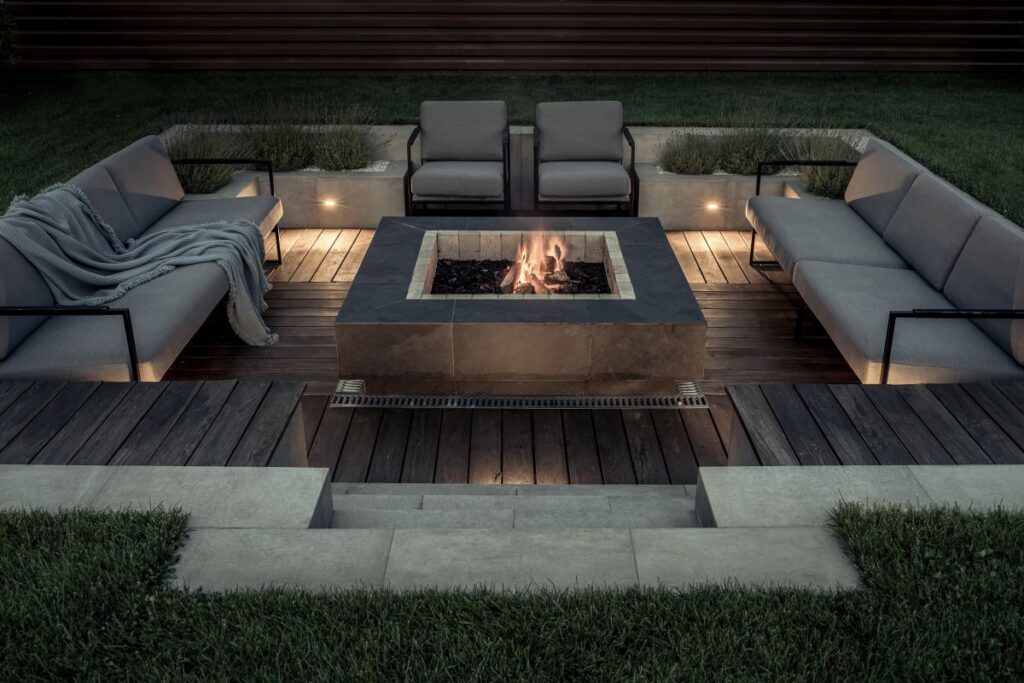Across Hamilton, homeowners are discovering the transformative power of outdoor fireplaces. These installations convert underused patios and garden areas into inviting spaces that remain functional throughout New Zealand’s changing seasons. Recent design trends show that approximately 70% of new outdoor living projects now incorporate heating elements as central features.
Hamilton’s climate presents unique challenges for outdoor living. The region’s frequent rainfall and temperature variations often limit garden use to just a few months each year. However, strategic heating solutions can extend this timeframe significantly.
Property owners with space constraints will find relief in the current building regulations. Outdoor heating structures under 2.5 metres in height, positioned at least one metre from property boundaries, generally don’t require formal consent. Safety guidelines recommend placing these features between 20 and 60 feet from main dwelling structures.
The Hamilton Advantage: Climate and Culture
Hamilton’s geographic location and weather patterns create ideal conditions for outdoor heating solutions. The city’s mild temperatures and elevated precipitation levels mean residents often abandon their outdoor spaces during cooler months.
Understanding Local Weather Patterns
The Waikato region experiences distinctive seasonal variations that influence outdoor living habits. Hamilton residents typically face unpredictable weather shifts, making reliable heating sources valuable investments. Many homeowners report that beautiful garden spaces and entertaining areas remained unused for extended periods before installing heating solutions.
Contemporary outdoor living trends have gained significant momentum throughout Hamilton over recent years. Property owners increasingly view their gardens as extensions of indoor living areas, creating dedicated entertainment and relaxation zones. This cultural shift reflects a desire to maximise outdoor space usage regardless of weather conditions.
Fire features have emerged as focal points in Hamilton’s residential landscape design, complementing traditional gardening elements while creating natural gathering areas for social activities.
Extending Seasonal Outdoor Use
The primary benefit of outdoor heating in Hamilton properties lies in year-round accessibility to garden spaces. Well-designed installations maintain comfortable temperatures in outdoor areas during cooler periods, effectively expanding living space.
Professional fireplace installations utilise weather-resistant materials specifically chosen for Hamilton’s environmental conditions. These systems enable outdoor enjoyment across all seasons, with homeowners frequently reporting successful winter entertaining and autumn gatherings around their heating features.
Beyond temperature control, these installations often become central organising elements for outdoor spaces. The psychological appeal of fire actually creates natural social environments, tapping into the fundamental human responses to warmth and light.
Many contemporary designs incorporate cooking capabilities, transforming simple heating solutions into multi-functional outdoor kitchens. Integrated grilling surfaces and wood-fired cooking areas revolutionise outdoor dining experiences, particularly during the summer months.
Hamilton property owners increasingly consider outdoor heating essential rather than a luxury addition. These features enhance property aesthetics while creating comfortable, welcoming atmospheres. The combination delivers both practical functionality and visual appeal, often resulting in outdoor areas becoming preferred family gathering spaces.
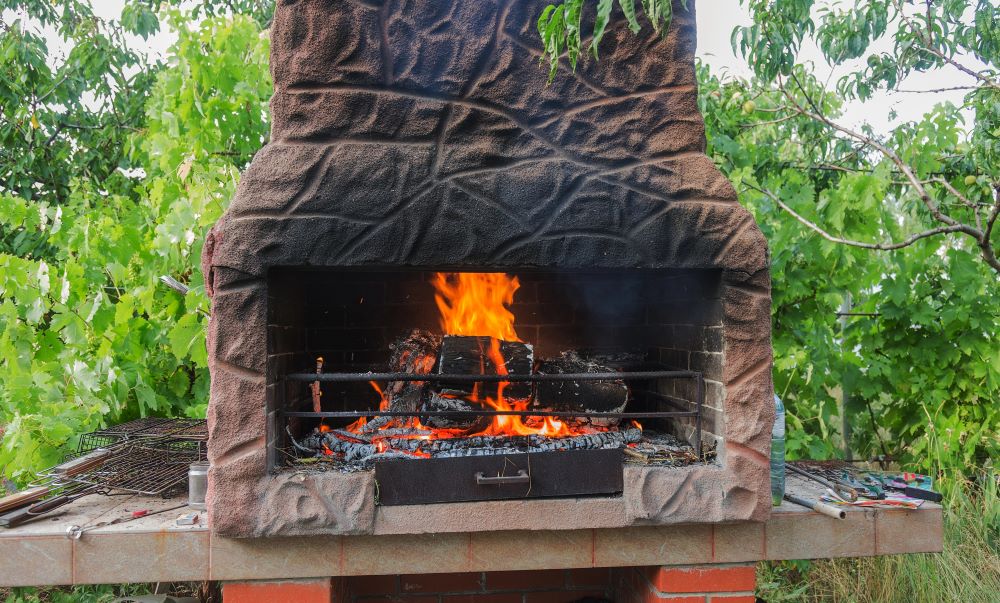
Selecting Appropriate Heating Solutions
Choosing suitable outdoor heating for Hamilton properties requires careful consideration of multiple factors. Successful installations depend on matching system types to specific property needs, maintenance preferences, and usage patterns.
Fuel Type Considerations
The decision between wood-burning and gas systems primarily depends on desired atmosphere and maintenance commitment levels.
Wood-burning systems deliver authentic experiences with natural flame sounds and aromatic qualities. These installations produce substantial radiant heat that effectively warms people and surrounding objects, making them highly effective during colder periods.
Many wood-burning installations offer integrated cooking capabilities, providing additional functionality beyond basic heating requirements.
Gas-powered alternatives prioritise convenience and ease of use. These systems activate instantly and require minimal ongoing maintenance compared to wood-burning options.
Gas systems particularly suit:
- Households with safety concerns regarding open flames
- Property owners preferring low-maintenance solutions
- Locations with limited fuel storage capacity
- Areas where smoke emissions might create neighbour relations issues
Wood-burning systems require proper ventilation and fire-resistant enclosures, while gas alternatives typically involve fewer structural modifications, making them suitable for compact urban properties.
Architectural Integration
Successful outdoor heating installations should complement existing property architecture and landscape design. The most effective solutions appear to naturally belong within their settings rather than seeming like afterthoughts.
Traditional Hamilton homes often pair well with masonry constructions. Stone or brick materials that echo existing exterior elements create seamless visual connections, while contemporary properties typically benefit from sleek concrete or metal designs that maintain modern aesthetic consistency.
Architectural harmony between indoor and outdoor elements creates visual continuity throughout properties. This integration approach ensures heating installations enhance rather than compete with existing design elements.
Smaller urban properties, common throughout Hamilton neighbourhoods, often require compact solutions that provide impact without overwhelming available space. Conversely, larger suburban and rural properties can accommodate substantial installations that serve as primary focal points for extensive outdoor entertainment areas.
Professional installations consider Hamilton’s weather exposure patterns, ensuring long-term durability while maintaining aesthetic appeal throughout seasonal changes.
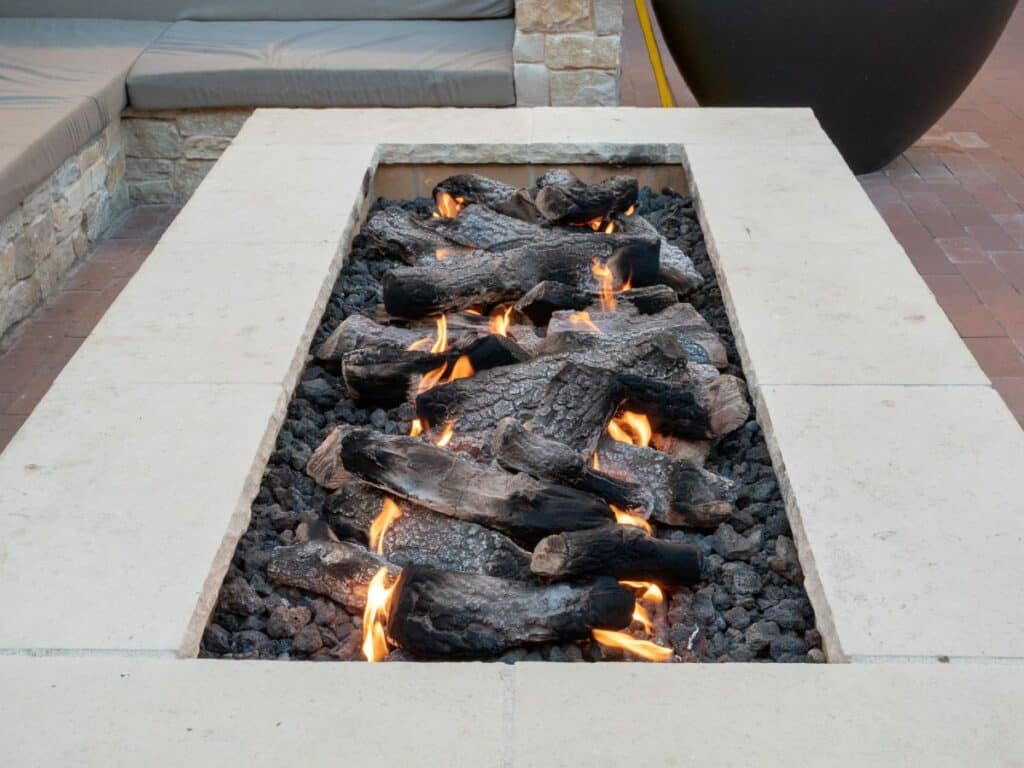
Design Approaches: Adapting to Different Spaces
Successful outdoor heating installations in Hamilton require adaptable design strategies that accommodate varying property sizes and layouts. Professional approaches have evolved to address everything from intimate courtyards to expansive garden estates.
Lighting Integration Strategies
Outdoor heating installations require supplementary lighting solutions since fire alone cannot adequately illuminate entire outdoor areas. String lighting around heating zones provides ambient illumination while helping define outdoor rooms. Accent lighting can highlight heating features as architectural elements, even when not in active use.
Hamilton’s variable evening weather conditions – ranging from clear to misty – make comprehensive lighting integration essential. Thoughtful lighting combinations enable year-round enjoyment of outdoor heating installations regardless of atmospheric conditions. These integrated approaches transform routine evenings into memorable outdoor experiences.
Safety Requirements and Regulatory Compliance
Safety considerations form the foundation of all outdoor heating installations in Hamilton properties. Professional installation practices ensure compliance with local regulations while providing homeowners with confidence in their outdoor heating systems.
Structural Clearance Requirements
Proper placement of outdoor heating installations involves both aesthetic and safety considerations. Current building regulations mandate a minimum one-metre distance between permanent outdoor heating structures and combustible materials, including vegetation, buildings, and fuel storage areas.
Safety professionals recommend maintaining three-metre clearances from structures for enhanced protection.
Hamilton properties require additional considerations due to periodic wind conditions. Recommended safety practices include:
- Maintaining a minimum three-metre distance from buildings, hedging, and windbreak plantings
- Ensuring 21-foot overhead clearances from tree branches and utility infrastructure
- Installing heating systems exclusively on non-combustible base materials
Local Regulatory Framework
Regulatory oversight for outdoor heating in Hamilton has evolved in recent years. Fire and Emergency New Zealand (FENZ) now manages fire safety regulations, permits, and seasonal restrictions that previously fell under Hamilton City Council jurisdiction.
Building consent exemptions apply to smaller installations that:
- Remain under 2.5 metres in total height
- Feature cooking surfaces not exceeding one square metre
- Maintain a minimum one-metre boundary distance
FENZ regulations require three-metre clearances between active heating systems and combustible materials. Regulatory requirements change periodically, making professional consultation advisable before beginning installation projects.
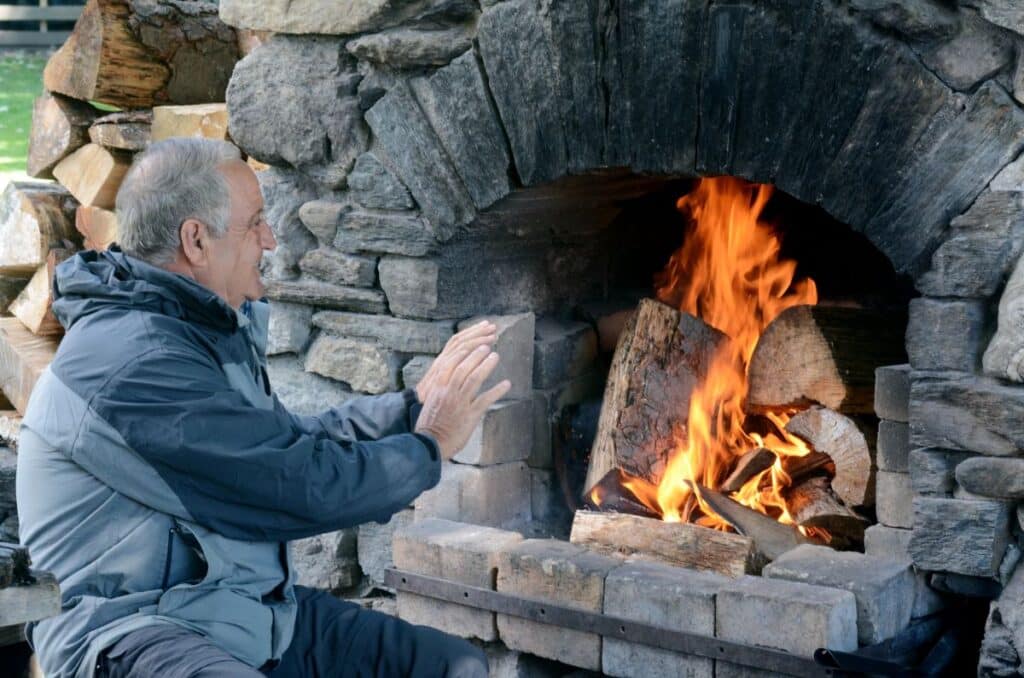
Homeowner Safety Protocols
Professional installation experience in Hamilton’s variable weather conditions has identified several critical safety practices:
Active supervision during heating system operation prevents most accidents. This fundamental requirement often gets overlooked during social gatherings.
Emergency response equipment should remain easily accessible. Fire extinguishers, water sources, or garden hoses should be positioned within five metres of heating installations.
Complete ember extinguishing before leaving heating systems unattended prevents accidental ignition. Hamilton’s unpredictable wind patterns make this practice particularly important for preventing ember spread to surrounding combustible materials.
Maintenance and Durability Considerations
Long-term enjoyment of outdoor heating systems in Hamilton requires regular maintenance adapted to local climate conditions. Professional installation experience has identified maintenance routines that optimise performance and extend system lifespans.
Regular Cleaning Protocols
Post-use cleaning prevents the accumulation of combustion byproducts that reduce efficiency and create unpleasant odours. Wood-burning systems require:
- Complete ash removal after cooling
- Interior firebox cleaning with appropriate brushes
- Exterior surface maintenance using mild detergent solutions
Gas system maintenance involves gentle cleaning of burner components and ventilation areas to prevent blockages. Regular inspection of sealing systems and operational mechanisms ensures continued smooth function.
Weather Protection Strategies
Hamilton’s climate conditions can accelerate wear on outdoor heating installations. Effective protection strategies include:
Quality protective covers during extended non-use periods significantly extend equipment life by preventing moisture infiltration.
Masonry installations benefit from annual waterproofing treatments that prevent water penetration between structural elements. Vegetation management around heating structures prevents root damage and maintains proper clearances.
Professional Service Requirements
While homeowners can handle basic maintenance tasks, certain aspects require professional attention:
Annual chimney cleaning removes dangerous creosote accumulation that poses fire hazards. Hamilton’s humid conditions accelerate creosote formation, making regular professional cleaning essential.
Prompt professional attention to structural issues prevents minor problems from developing into major repairs. Regular professional inspections ensure all system components remain safe and functional.
Making the Investment Work
Outdoor heating installations represent significant investments in Hamilton properties. These systems transform underutilised outdoor spaces into year-round living areas, effectively expanding usable home space regardless of weather conditions. Professional installations provide decades of reliable service when properly maintained.
Safety remains the paramount concern throughout the selection, installation, and operation process. Compliance with current regulations and adherence to professional installation practices ensure peace of mind for property owners. While smaller installations typically don’t require formal building consent, verification of current requirements prevents future complications.
Modern outdoor heating systems offer remarkable versatility in meeting diverse household needs. Installation options range from intimate systems perfect for small gatherings to substantial installations capable of accommodating large social events. Multi-functional designs incorporating cooking capabilities maximise investment value while expanding outdoor entertainment possibilities.
Proper maintenance significantly extends system life despite Hamilton’s challenging weather conditions. Regular cleaning, seasonal preparation, and appropriate weather protection make substantial differences in long-term performance and durability.
Ultimately, outdoor heating installations become more than temperature control devices—they create the heart of outdoor living spaces. The timeless appeal of gathering around warmth and light creates lasting memories for Hamilton families throughout the changing seasons.
These installations represent investments in lifestyle enhancement that provide warmth, ambience, and functionality across all seasons of the year.
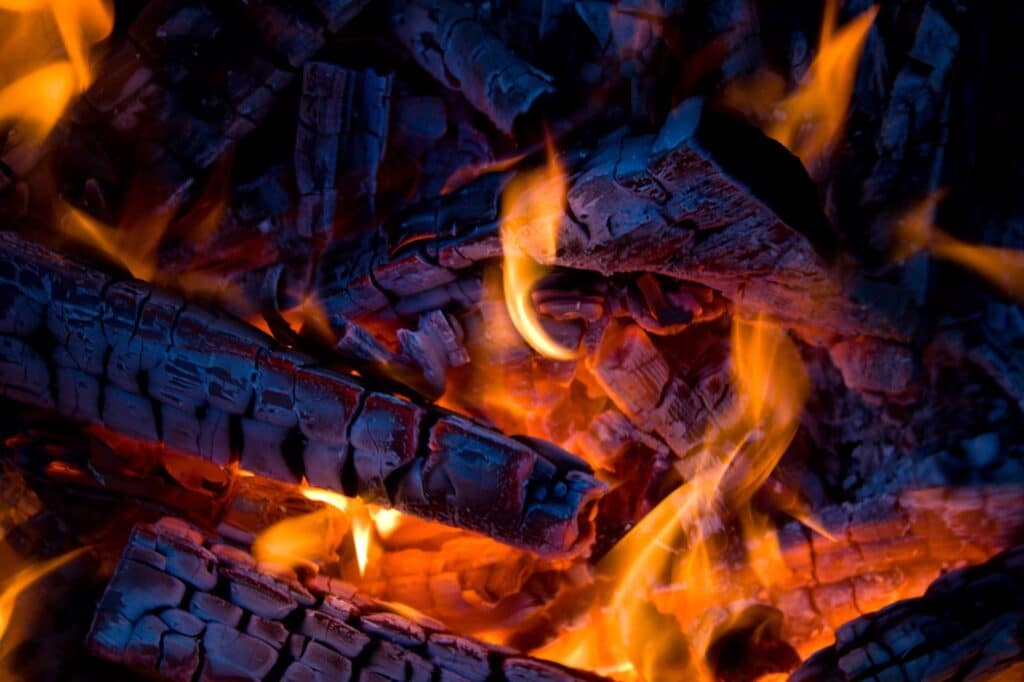
Essential Considerations Summary: Outdoor Fireplaces
Successfully implementing outdoor heating in Hamilton properties requires attention to several key factors that ensure optimal performance and long-term satisfaction.
- Hamilton’s variable climate conditions make outdoor heating installations valuable for extending seasonal use of garden and patio areas through effective heat retention strategies.
- Installations under 2.5 metres in height, positioned beyond one-metre boundary distances, typically avoid building consent requirements in Hamilton.
- Permanent installations create lasting focal points while portable alternatives offer positioning flexibility; selection depends on entertainment preferences and space limitations.
- Safe installation requires a minimum of three-metre structural clearances and compliance with Fire and Emergency New Zealand safety regulations.
- Consistent maintenance, including ash management, annual professional cleaning, and weather protection, significantly extends system life in Hamilton’s climate conditions.
- Multi-purpose designs incorporating cooking surfaces maximise investment value, with wood-fired cooking capabilities reducing pizza preparation times to 5-10 minutes.
Whether addressing compact urban patios or expansive suburban gardens, outdoor heating installations create central gathering points that bring families together around natural warmth throughout Hamilton’s diverse seasonal conditions.
